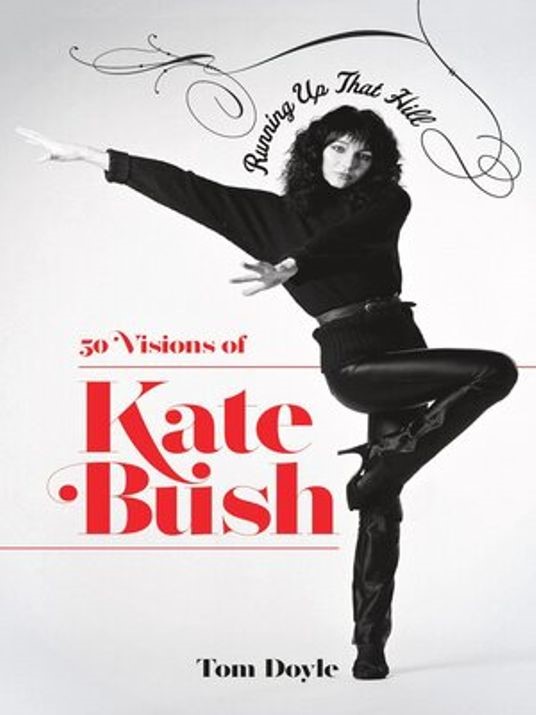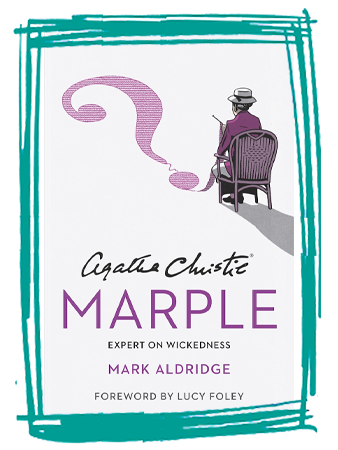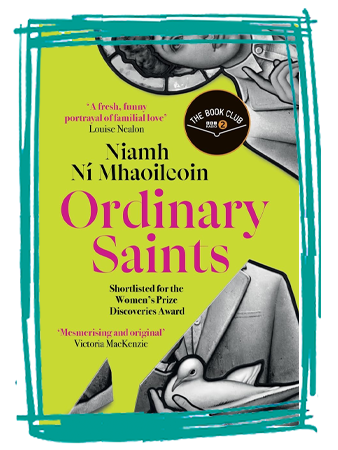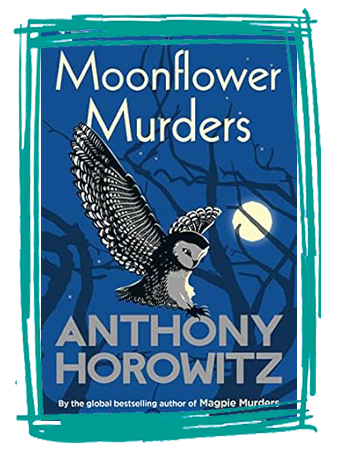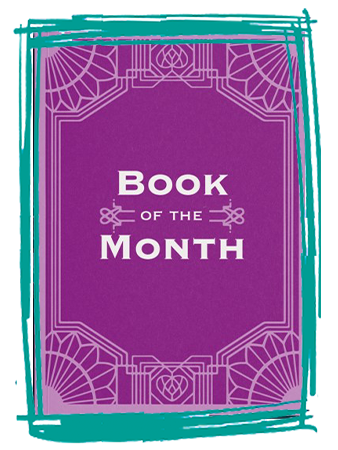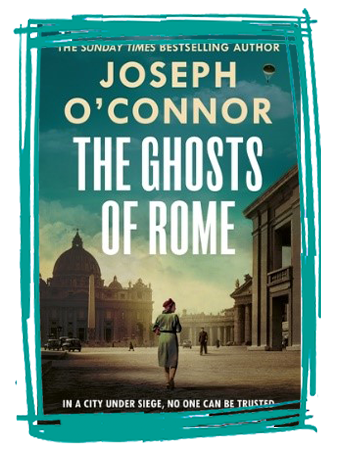Wuthering Heights – Book and Song
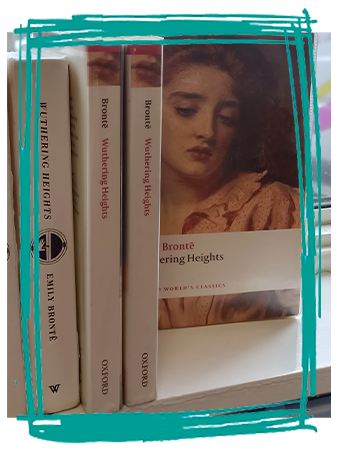
I love it when modern trends connect to life from previous centuries. The song ‘Wuthering Heights’ captured the imagination of more than one generation as Kate Bush wafted her way through a passionate and tortured rendition in 1978. It piqued the curiosity of many turning them to actually read the 19th century book it related to – a feat nothing short of miraculous especially as it was on the school curriculum the year the song was released.
Kate Bush has said that she felt a deep connection with Cathy –it was her own family nickname as well, and she shares a birthday with Emily Bronte, 30 July, though many years apart. She was inspired after seeing part of a TV adaptation and having read just the first few chapters wrote the song in one evening.
The image of a ghostly Cathy trying to get in at the window of the house is what lingers in our minds from the song but reading the book again recently it struck me how strange it was that this scene is actually very close to the beginning of the book.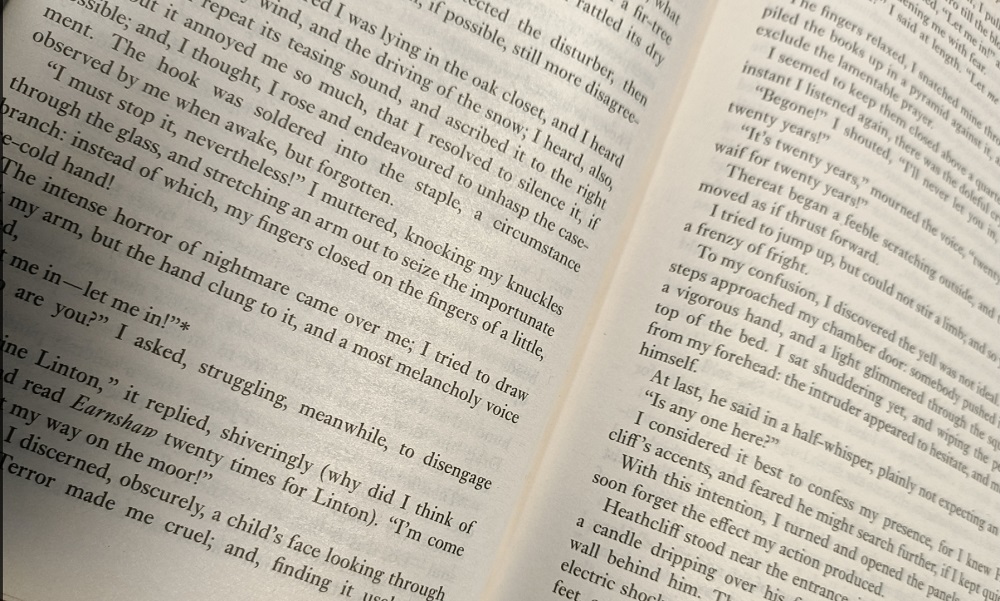 Mr Lockwood has been stranded by the weather at Wuthering Heights and is allowed by a servant to sleep in the room that had been Cathy’s – much against Mr Heathcliff’s wishes. As the weather and the night close in he tries to sleep and hears knocking on the window. The ghostly figure identifies herself as Catherine Linton, clings onto his hand and begs to be let into the room much to his horror. It is only later that he, and we the readers, hear the full tragic story from the housekeeper. It is a tale of love and hate, passion and rage as Heathcliff’s dark obsession with his lost love for Cathy leads to jealousy, abandonment and his ultimate need for revenge extending across two generations.
Mr Lockwood has been stranded by the weather at Wuthering Heights and is allowed by a servant to sleep in the room that had been Cathy’s – much against Mr Heathcliff’s wishes. As the weather and the night close in he tries to sleep and hears knocking on the window. The ghostly figure identifies herself as Catherine Linton, clings onto his hand and begs to be let into the room much to his horror. It is only later that he, and we the readers, hear the full tragic story from the housekeeper. It is a tale of love and hate, passion and rage as Heathcliff’s dark obsession with his lost love for Cathy leads to jealousy, abandonment and his ultimate need for revenge extending across two generations.
This is Emily Bronte’s first and only novel. It was published a year before her untimely death from tuberculosis at age 30 under the name of Ellis Bell and it was considered very controversial at the time. It challenged society’s puritanical morality, presenting ideas on religion and class which did not tally with the genteel Victorian ethos of the time. The novel depicts brutish, cruel behaviour at times, blurring the lines between what is respectable and what is not. Digging up Cathy’s body was definitely not acceptable and the mental and physical abuse which is depicted shocked society at the time. When it was first published critics considered it ‘savage and animal like’, ‘clumsy in construction’ as it defied the accepted model of structure and design used by other authors at the time. It offered an alternative picture of society to the genteel world which Jane Austen had presented nearly 50 years before in ‘Pride and Prejudice’, ‘Emma’ and ‘Sense and Sensibility’.
Like Kate Bush more than a century after, Emily Bronte broke through the accepted norms, introducing a new style, and breaking down barriers in their chosen art.
Click here for books by Emily Bronte and about Emily and her works, on Libraries NI's Catalogue.
More recently another of Kate Bush’s songs ‘Running Up that Hill’ has had a resurgence after being used on the popular TV series ‘Stranger Things’. A whole new generation has discovered Kate’s music and this time it has travelled across the world – resulting in a renewed interest in Wuthering Heights. Tom Doyle’s biography of Kate Bush ‘Running Up That Hill’ is worth downloading to read about her and her career (available as an ebook) Libby - Search Results (libbyapp.com)
Like Heathcliff and Cathy’s ghosts, Wuthering Heights, the novel and the song, will not lie down and be forgotten. The howling wind on the Yorkshire moors will continue to scream out for Cathy and the whistling trees will dance to the haunting melody as she searches for Heathcliff ‘on the wily, windy moors’ that Emily Bronte loved so well.
